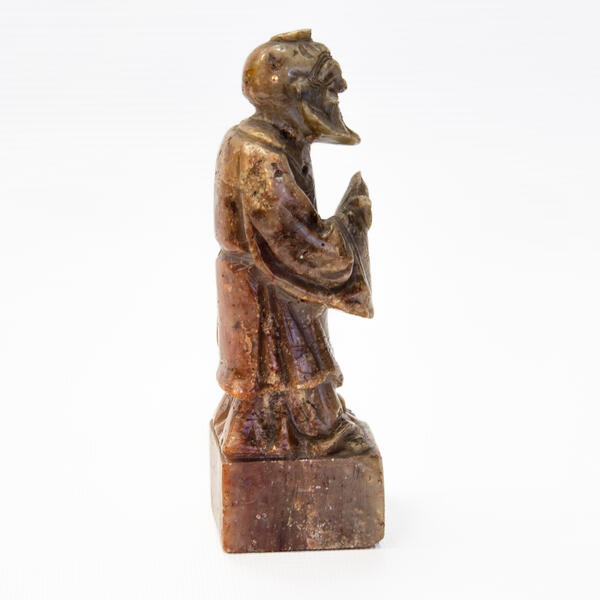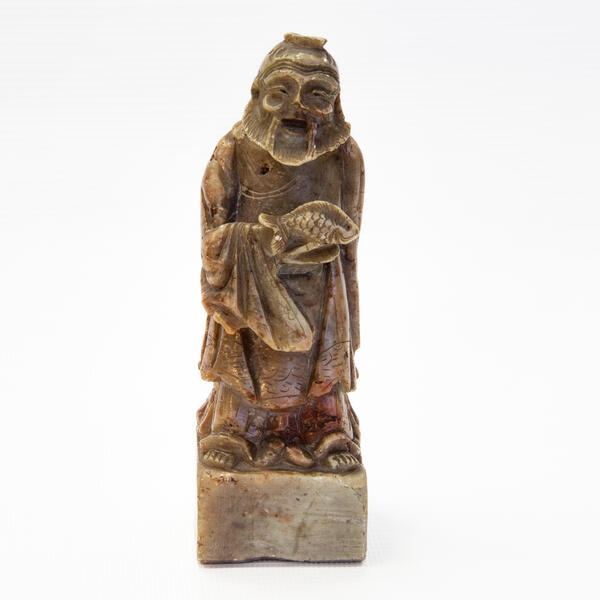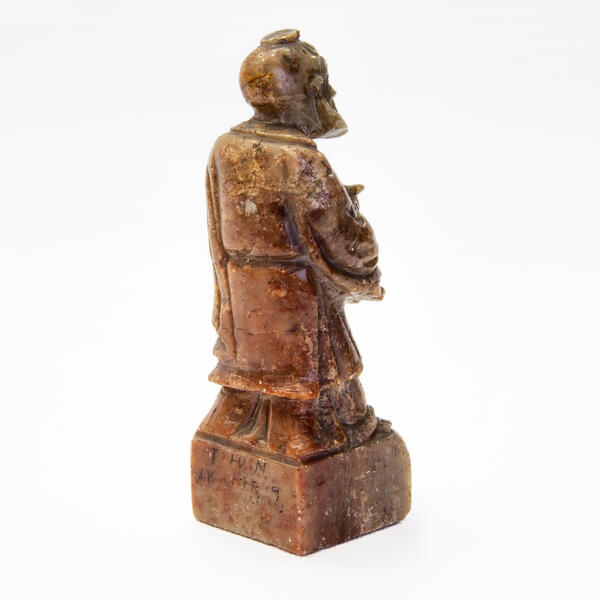The color of jade is quite diverse. It ranges from milky-white to dark green. Imperial regalia, insignia of officials, decorative items, ornaments, wine bowls were made of jade. In ancient times, the Chinese considered jade a sacred stone and used it in various rituals. But the veneration of jade in China can also be attributed to the fact that this hard stone is difficult to process.
Chinese stone carvers also loved jasper. It was considered to be the embodiment of the creative power of heaven and all human virtues. In ancient times, the Chinese used round jasper disks as symbols of the sky and square plates as symbols of the earth in religious ceremonies. Ritual weapons, service regalia, jewelry and masks were made of this stone; a piece of jasper was put into the mouth of the deceased, and his clothes were fastened with jasper clasps. A jasper seal was an imperative accessory of the emperor and his entourage.
Pagodite (agalmatolite or soapstone) was also. It was used to make decorative and household items. Chalcedony and agate were also used for making jewelry and bottles for cosmetics and medicines.
Since ancient times, the Chinese stone carver has been distinguished by his approach to the material. If in the West stone was primarily valued for its smooth color and transparency, Chinese stone carvers were attracted to the peculiarities of the stone’s natural coloring and its shape — these were the things that inspired them to create the most exquisite compositions. Therefore, when choosing a piece of rock, the craftsman studied its shape and direction of its veins for a long time, trying to use the stone’s every spot and every layer.





